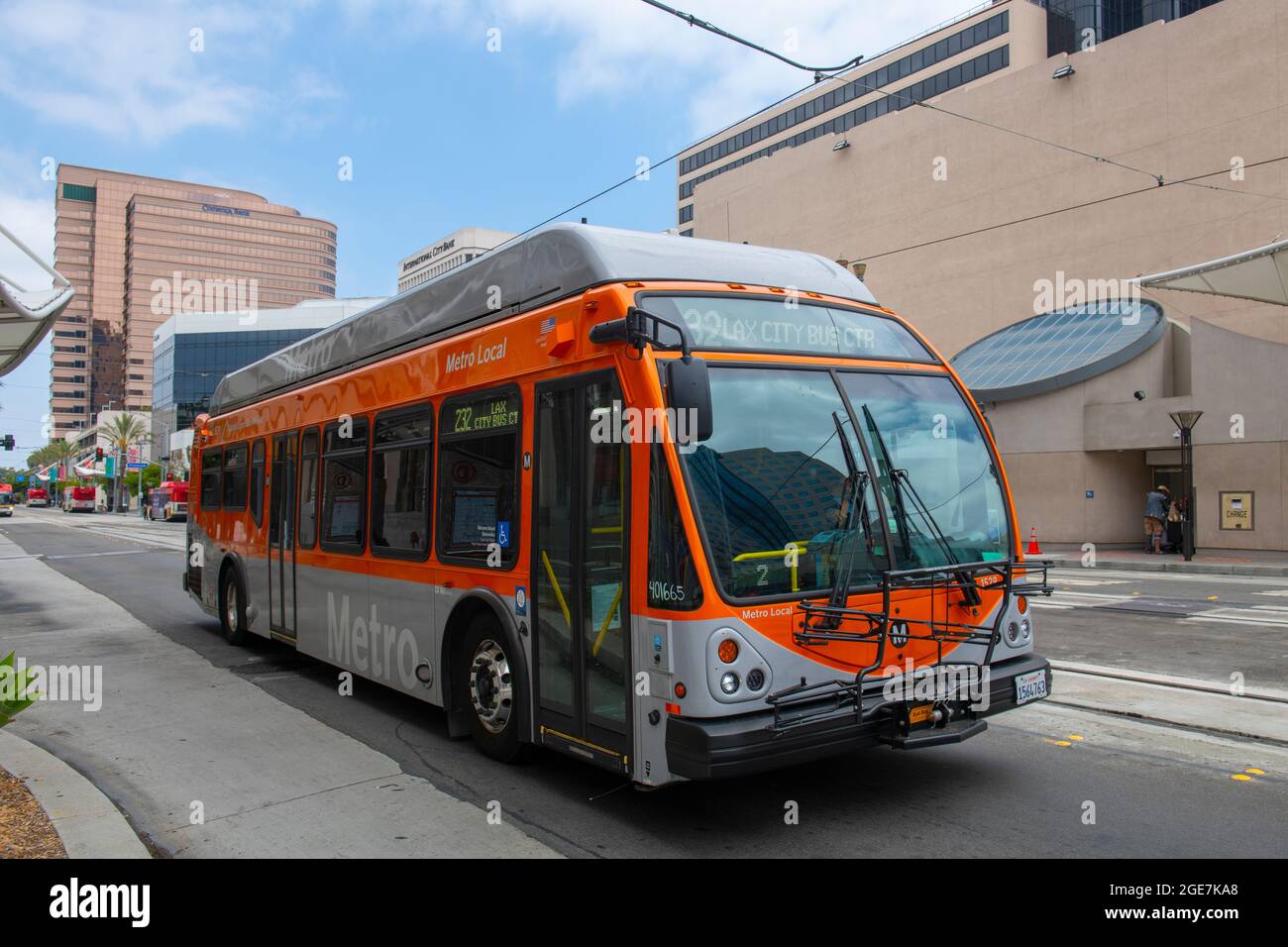
Introduction
The development and expansion of metro systems have become a critical aspect of urban planning in cities worldwide. With the increasing population density and the growing need for efficient public transport options, metros provide a fast, reliable, and sustainable solution for urban mobility. Recent events highlight how these systems are evolving to meet the demands of modern cities, making this topic more relevant than ever.
Global Trends in Metro Development
In recent years, cities like London, Paris, and Tokyo have continued to invest in expanding their metro systems to accommodate rising commuter numbers. As of 2023, London boasts the largest and one of the oldest metro systems, famously known as ‘The Tube’, which carries over 5 million passengers daily. Meanwhile, cities such as São Paulo and Shanghai are rapidly developing their networks to alleviate traffic congestion and pollution, with investments reaching billions of dollars.
Current Events and Innovations
Recent developments in metro systems have also focused on technological advancements and sustainability. Many metros are adopting electric trains and incorporating renewable energy sources into their operations. For example, Berlin’s metro system has announced plans to switch to a 100% renewable energy supply by 2025. Additionally, contactless payment systems are becoming standard worldwide, enhancing passenger convenience.
In the aftermath of the COVID-19 pandemic, metro systems have also had to adapt to changing travel patterns. Cities such as New York have experienced fluctuations in ridership, prompting authorities to implement measures to ensure safety, including improved ventilation systems and enhanced cleaning protocols. While ridership has returned, many metro systems are now prioritising flexibility to accommodate future uncertainties.
Conclusion
The expansion and enhancement of metro systems are vital for the future of urban transport. As cities continue to grow, the demand for efficient public transport solutions like metros will only increase. The ongoing investments and innovations signal not only a commitment to improving urban mobility but also a dedication to sustainability and environmental care. For urban dwellers and policymakers alike, understanding the evolution of metros will remain integral as we navigate the complexities of modern city living.
You may also like

The Growth and Development of Stevenage

Understanding the Role of Subway in Urban Transport Systems
